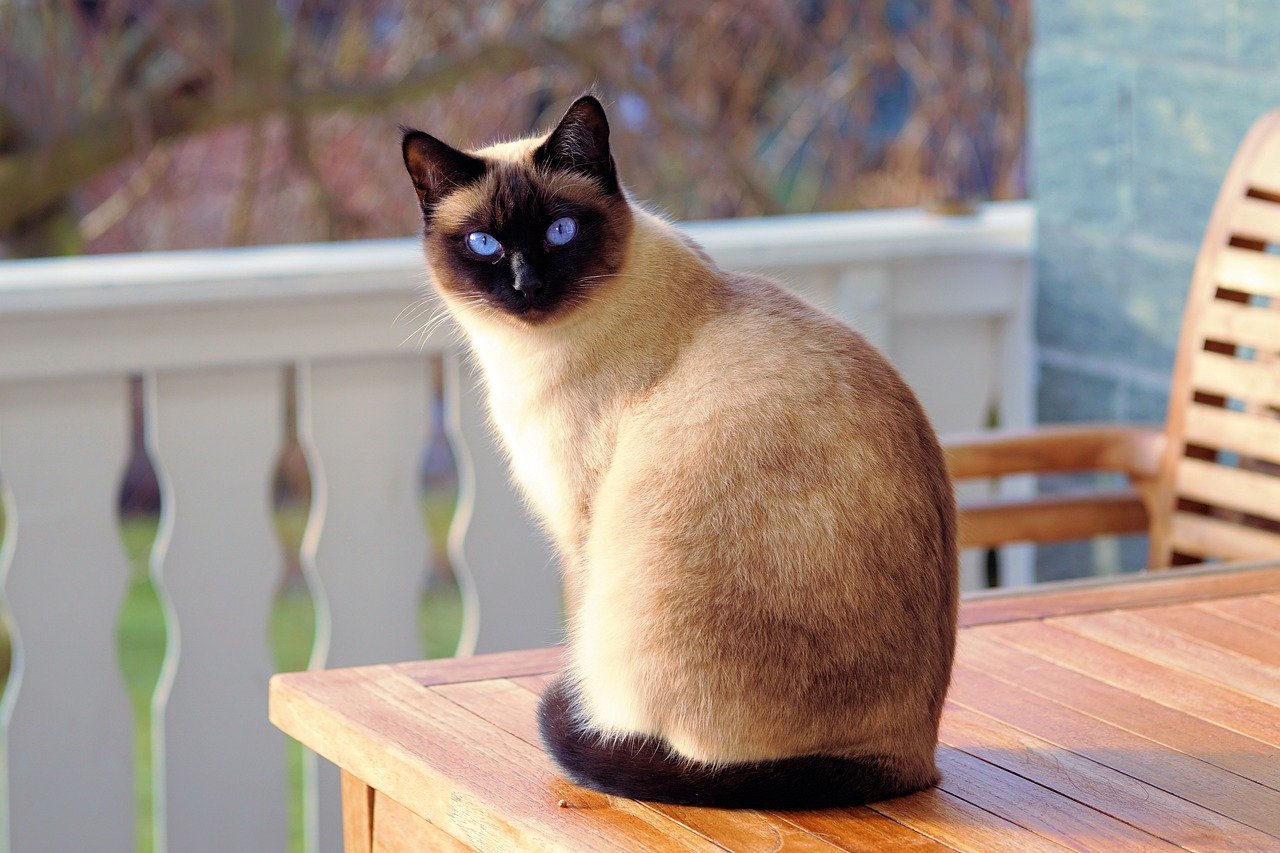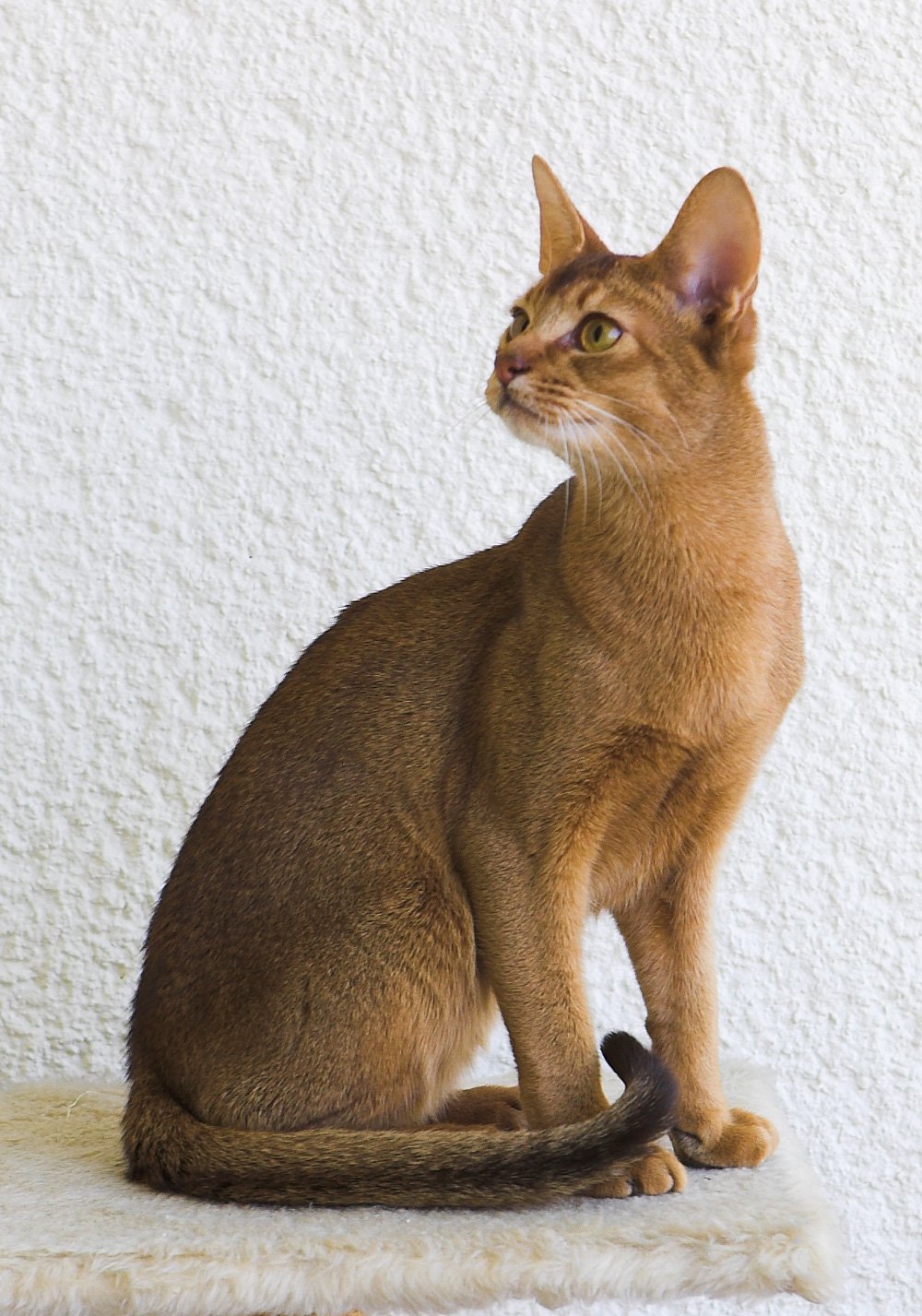Have you ever wondered why some cats seem more sensitive than others? It’s not just a quirky personality trait; certain breeds are more prone to emotional upheaval than others. Just like humans, cats can have their own set of emotional challenges. From anxiety over a new piece of furniture to the distress of a new pet, these feline friends can find change incredibly unsettling. Let’s take a closer look at ten breeds that might need a little extra TLC when life throws a curveball.
Siamese: The Vocal Worriers

Siamese cats are known for being chatty little creatures. They love to express themselves vocally, and this trait extends into their emotional lives as well. When faced with changes in their environment, Siamese cats often become even more vocal, almost as if they’re trying to talk through their anxiety. Imagine a friend who calls you every time they feel stressed—that’s your Siamese. They thrive on routine and can become quite distressed with any disruption. A simple change in feeding time might set them off, making them one of the breeds that struggle most with emotional changes.
Ragdoll: The Gentle Giants
Ragdolls are known for their docile nature and affection, often compared to being the “puppy dogs” of the cat world. However, this gentle demeanor can also make them sensitive to emotional changes. They form strong bonds with their human companions and can become anxious if their favorite person isn’t around as much. A Ragdoll might follow you from room to room, seeking reassurance and comfort. They are creatures of habit and require a stable environment to feel secure. Any shift in their daily routine can lead to stress, making them one of the breeds that need extra care during emotional changes.
Burmese: The Social Butterflies
Burmese cats are social butterflies, always eager to be in the company of their human family. They are known for their affectionate nature, often curling up on laps or following their owners around the house. However, this strong attachment means they can struggle with emotional changes, especially if they suddenly find themselves alone more often. A Burmese cat might become withdrawn or even depressed if there’s a change in the household dynamics. They thrive in a consistent environment, and any upheaval can lead to emotional distress.
Persian: The Sensitive Souls
Persians are known for their luxurious coats and calm demeanor, but beneath that fluffy exterior lies a sensitive soul. These cats can be quite particular about their surroundings and can become stressed with changes in their environment. Whether it’s a new piece of furniture or a change in the usual household routine, Persians can become anxious and withdrawn. They appreciate a predictable environment where they can feel safe and secure. Their sensitivity to change makes them one of the breeds that require a gentle touch during emotional upheaval.
Maine Coon: The Gentle Giants
Maine Coons are often referred to as “gentle giants” due to their large size and friendly nature. They are generally easygoing cats, but they can be sensitive to changes in their environment. A Maine Coon might become anxious if there’s a disruption in their routine or if they sense tension in the household. These cats are highly intuitive and can pick up on the emotions of their human companions. They thrive in a stable environment, and any emotional upheaval can affect their well-being.
Scottish Fold: The Curious Companions
Scottish Folds are known for their distinctive folded ears and curious nature. They are affectionate cats that enjoy the company of their human family. However, their curiosity can sometimes lead to anxiety if there’s a sudden change in their environment. A Scottish Fold might become stressed if there’s a new pet in the house or if their favorite hiding spot is no longer available. They thrive on routine and can become anxious with any disruption. Their sensitive nature makes them one of the breeds that need extra attention during emotional changes.
Bengal: The Energetic Explorers

Bengals are known for their striking appearance and high energy levels. They are active cats that love to explore and play. However, their adventurous nature can also make them sensitive to changes in their environment. A Bengal might become anxious if their usual playtime is interrupted or if there’s a change in their surroundings. They thrive on routine and can become stressed with any disruption. Their energetic nature requires a stable environment to keep them happy and healthy.
Russian Blue: The Shy Sweethearts
Russian Blues are known for their beautiful blue-gray coats and shy demeanor. They are gentle cats that prefer a quiet and stable environment. A Russian Blue might become anxious if there’s a change in their surroundings or if there’s a lot of noise in the house. They thrive on routine and can become stressed with any disruption. Their shy nature requires a gentle touch and a stable environment to keep them calm and content.
Birman: The Loyal Companions
Birmans are known for their striking blue eyes and affectionate nature. They form strong bonds with their human companions and can become anxious if there’s a change in the household dynamics. A Birman might become stressed if their favorite person isn’t around as much or if there’s a new pet in the house. They thrive on routine and can become anxious with any disruption. Their loyal nature requires a stable environment to keep them happy and healthy.
Abyssinian: The Adventurous Spirits

Abyssinians are known for their playful and adventurous nature. They are active cats that love to explore and play. However, their adventurous nature can also make them sensitive to changes in their environment. An Abyssinian might become anxious if their usual playtime is interrupted or if there’s a change in their surroundings. They thrive on routine and can become stressed with any disruption. Their adventurous spirit requires a stable environment to keep them happy and healthy.
In the end, every cat is unique, and while certain breeds may be more prone to emotional changes, individual personalities can vary widely. Understanding and catering to your cat’s emotional needs can make a world of difference in their happiness and well-being. So, the next time you notice your feline friend acting a bit off, consider what changes might be affecting them. What would you have guessed about your cat’s emotional world?
Hi, I’m Bola, a passionate writer and creative strategist with a knack for crafting compelling content that educates, inspires, and connects. Over the years, I’ve honed my skills across various writing fields, including content creation, copywriting, online course development, and video scriptwriting.
When I’m not at my desk, you’ll find me exploring new ideas, reading books, or brainstorming creative ways to solve challenges. I believe that words have the power to transform, and I’m here to help you leverage that power for success.
Thanks for stopping by, Keep coming to this website to checkout new articles form me. You’d always love it!






